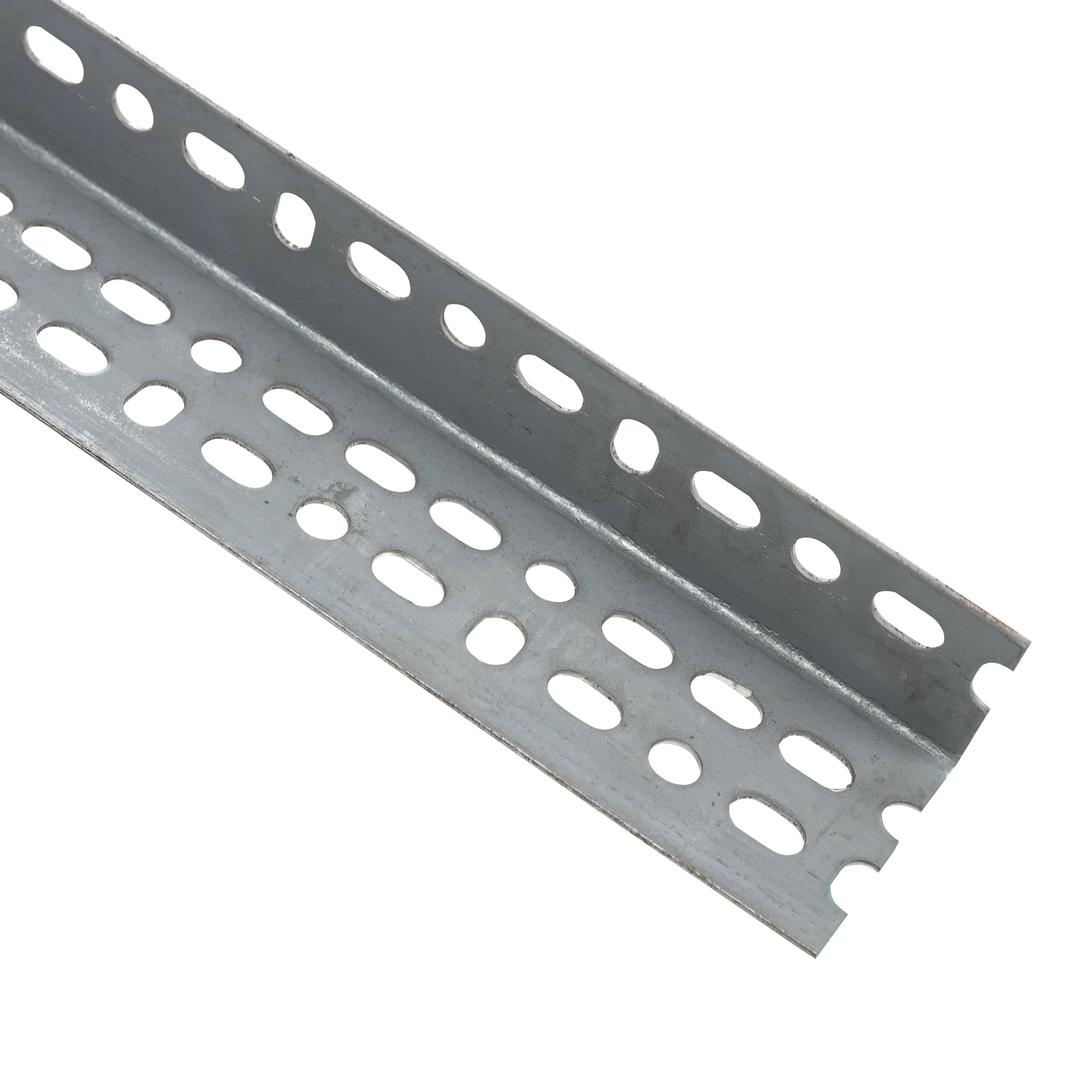Hydraulic Sheet Bending Machine for Precision Metal Forming and Fabrication
Understanding Hydraulic Sheet Bending Machines A Comprehensive Overview
In the world of metalworking and fabrication, bending sheets into desired shapes is a crucial process, especially in industries such as automotive, aerospace, and construction. One of the most efficient tools used for this purpose is the hydraulic sheet bending machine. This article aims to delve into the workings, advantages, applications, and maintenance of hydraulic sheet bending machines, providing a thorough understanding of their significance in modern manufacturing.
What is a Hydraulic Sheet Bending Machine?
A hydraulic sheet bending machine is a specialized piece of equipment designed for the bending of metal sheets into various angles and shapes using hydraulic power. These machines utilize hydraulic cylinders to exert immense force on the material, allowing for precise and controlled bends. The process typically involves placing a metal sheet between a punch and a die, where the punch descends to create a bend at a specified angle.
How Do They Work?
The operation of hydraulic sheet bending machines revolves around the principles of hydraulics—using fluid pressure to generate force. The machine consists of several components the hydraulic pump, cylinders, control panel, and the bending apparatus (the punch and die).
1. Hydraulic Pump The heart of the machine, responsible for generating the hydraulic pressure necessary for bending. When the operator activates the machine, hydraulic fluid is pumped from the reservoir into the cylinders.
2. Cylinders These are the components that convert hydraulic pressure into mechanical force. As the pressurized fluid enters the cylinder, it pushes the piston, which in turn moves the punch downward.
3. Control Panel Modern machines are equipped with user-friendly control panels that allow operators to set precise angles and controls for operation. This can include digital displays, programmable settings, and safety features for enhanced operation.
4. Punch and Die The punch is the upper part that descends to bend the sheet, while the die is the lower counterpart that supports the sheet. The design of these components varies to allow for different bending angles and radii.
Advantages of Hydraulic Sheet Bending Machines
1. High Precision One of the primary benefits of hydraulic bending machines is their ability to produce precise bends consistently. The hydraulic system allows for fine adjustments, resulting in accurate angles and smooth finishes.
2. Versatility These machines can bend a variety of materials, including aluminum, stainless steel, copper, and other metals, accommodating a range of thicknesses and sizes. This versatility makes them suitable for numerous applications.
sheet bending machine hydraulic

3. Increased Force Hydraulic bending machines can apply much greater force compared to mechanical alternatives, making them ideal for thicker materials that require significant bending power.
4. Ease of Use With advancements in technology, many hydraulic bending machines now come with user-friendly interfaces that simplify operation, reducing the need for skilled labor.
Applications
Hydraulic sheet bending machines are widely used across various sectors. In construction, they are essential for fabricating metal frames and structures. In the automotive industry, they produce components such as brackets and body parts. Additionally, they are vital in HVAC (heating, ventilation, and air conditioning) manufacturing for creating ductwork and fittings.
Maintenance Tips
To ensure longevity and optimal performance of hydraulic sheet bending machines, regular maintenance is essential. Here are some key maintenance tips
1. Regular Inspection Periodically check hydraulic fluids for any leaks or contamination. Ensure that all components are in good working order.
2. Fluid Levels Regularly monitor and top up hydraulic fluid levels as needed to maintain pressure.
3. Cleanliness Keep the machine clean to prevent metal shavings and debris from entering the hydraulic system, which can cause damage.
4. Lubrication Regularly lubricate moving parts to minimize wear and tear.
Conclusion
Hydraulic sheet bending machines play a pivotal role in modern manufacturing by facilitating the precise bending of metal sheets. Their ability to generate significant force, versatility across different materials, and user-friendly operation make them indispensable in various industries. Understanding their mechanics and maintaining them properly ensures that they continue to function effectively, leading to high-quality production outcomes. As technology continues to advance, the efficiency and capabilities of hydraulic sheet bending machines are set to improve even further, enhancing their impact on metal fabrication processes.








